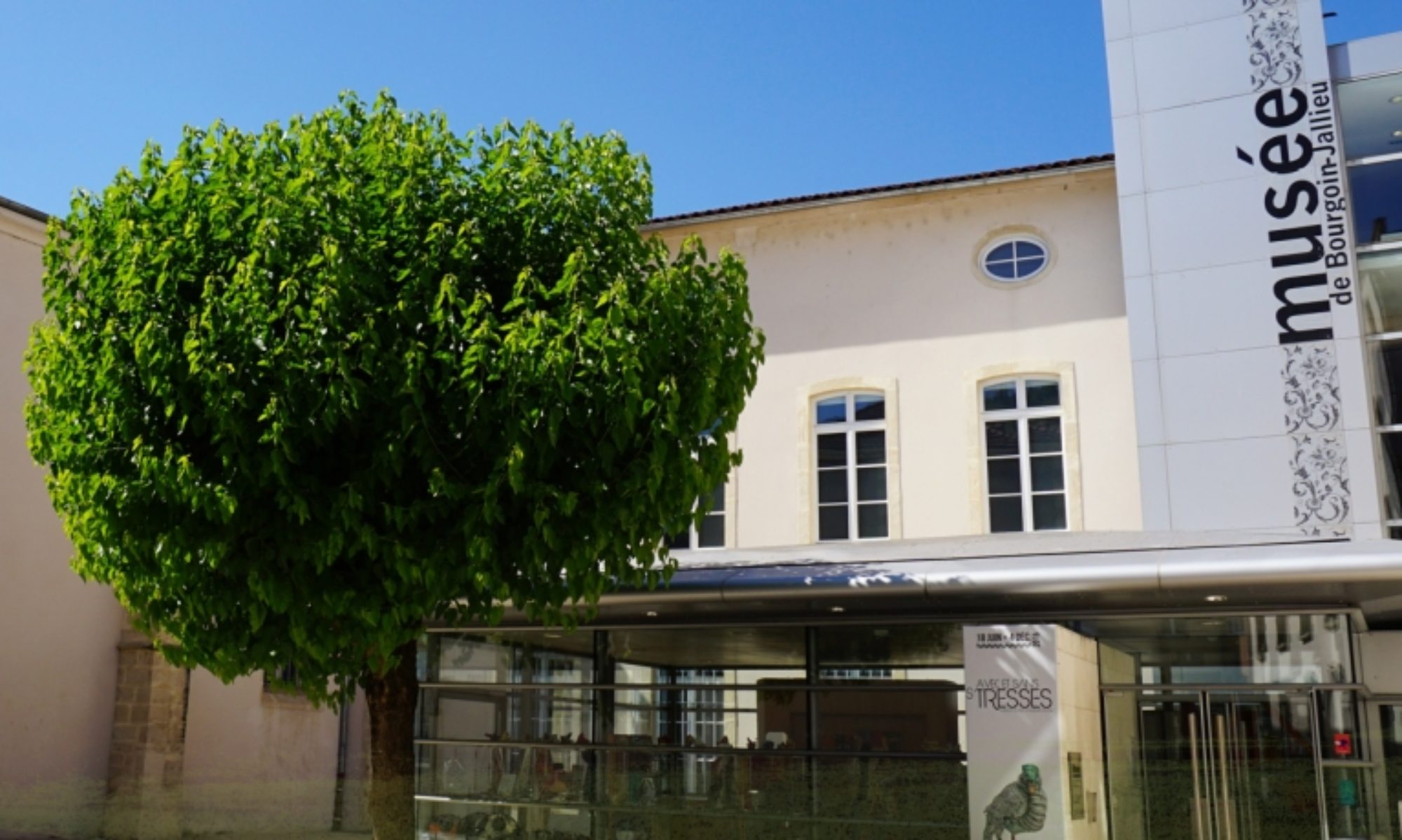Hermes scarf. Silk twill printed with dye paste.
The story of this scarf begins with the uncovering of a collection of fascinating motifs in the archives of the Lyon textile center where the celebrated Hermès scarves were produced using a forgotten printing technique. Nearly ten years of research were needed to investigate the origins of this silk marbling process, invented in the first half of the 20th century in Switzerland, Germany and France.
It was in Japan, however, that Hermès encountered the passionate craftsmen of the Kyoto Marble workshop, heirs to the traditional craftsmanship acquired in Europe by their forefathers who traveled to Germany in 1963 to study printing techniques.
The Nose family achieves its celebrated formula using dyed starch paste, which is then compressed by rollers. Its production is entirely artisanal. The first step consists in making a paste imbibed with various colored pigments. Skillfully worked, it is then cut and arranged in patterns. The final design is then laid out, in the manner of a marquetry, on a cylinder. The cylinder is then unrolled on the silk to print it. The pattern is progressively refined during the production process, so that no two pieces are ever quite the same.

